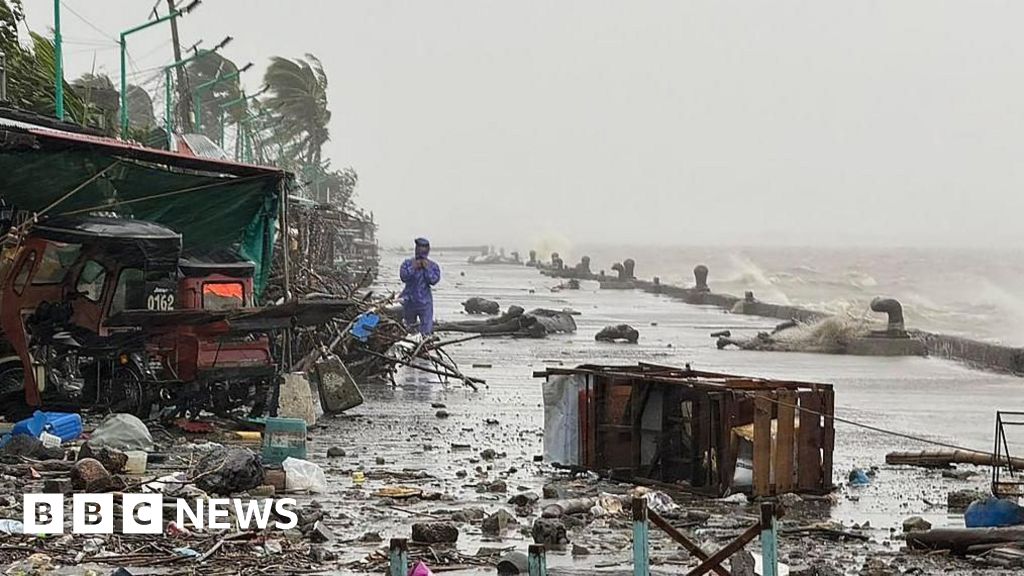Colorado River States Urged to Consider New Strategies Amidst Water Crisis
A coalition of conservation groups is pressing Colorado River states to consider significant changes to water management strategies as they face dwindling water supplies and a looming 2026 deadline. The recommendations include modifying infrastructure like the Glen Canyon Dam to adapt to lower stream flows, reflecting the urgency surrounding negotiations for the river serving 40 million people.
Historical Context and Future Concerns
Drawing parallels to a past attempt in Southern Nevada to pipe groundwater to Lake Mead, which was ultimately replaced by conservation efforts, the coalition suggests that innovative thinking is crucial. As the clock ticks towards a mid-November preliminary agreement deadline, states risk federal intervention if they fail to reach consensus on managing the overallocated river.
The core disagreement lies in determining which half of the basin – the Upper Basin (Colorado, Utah, Wyoming, New Mexico) or the Lower Basin (California, Arizona, Nevada) – should bear the brunt of water use reductions. The current situation highlights the severe challenges posed by chronic overuse, drought, and rising temperatures due to climate change, which have already reduced the river's natural flows by nearly 20% in the last 25 years.
Conservation Groups' Recommendations
The coalition of conservation groups, including the Great Basin Water Network, Living Rivers-Colorado Riverkeeper, Utah Rivers Council, and the Glen Canyon Institute, has issued a report outlining nine key recommendations to permanently reduce water use:
- Preventing new dams and diversions.
- Sharing water cuts among all states.
- Improving hydrology data collection.
- Increasing water recycling initiatives.
- Stabilizing groundwater decline.
- Preserving endangered species.
- Improving agricultural irrigation practices.
Stalled Negotiations and Lack of Transparency
Kyle Roerink, the executive director of the Great Basin Water Network, emphasizes the need to confront difficult “hydrologic realities and the legal realities” as negotiations stall. He notes that the tense atmosphere has led to a lack of public transparency, contrasting sharply with the more robust public participation during the development of the current Colorado River guidelines in 2007.
The report warns against planned development of new dams and diversions in the Upper Basin, which could potentially draw over a million acre feet from the river. Instead, it advocates for water curtailment plans to ensure a clear understanding of which entities must reduce water usage during shortages.
Addressing Infrastructure and Hydrology Data
The coalition is urging the Bureau of Reclamation to consider modifications to existing dams, like Glen Canyon Dam, to accommodate lower stream flows. The dam's ability to release water downstream is compromised when Lake Powell's water levels drop below a critical elevation. In 2023, water levels nearly reached that point.
Improved hydrology data is also crucial for implementing a proposed plan to apportion water usage based on natural flows rather than projected flows. The report highlights the current lack of accurate means to measure natural flow data, which hinders the measurement of water losses associated with storage and movement, including evaporation. A recent Arizona State University study revealed a loss of approximately 27.8 million acre-feet of groundwater between 2002 and 2024.
Sustainable Water Management Practices
The report stresses the need for regulators to consider the impact of groundwater pumping on Colorado River water availability. Additionally, it recommends investments in water recycling and tackling municipal water waste. The Southern Nevada Water Authority's successful policies, such as restricted watering days, turf conversion programs, and tiered water rates, serve as a potential model for other southwest water agencies to emulate.
 Visit the website
Visit the website







